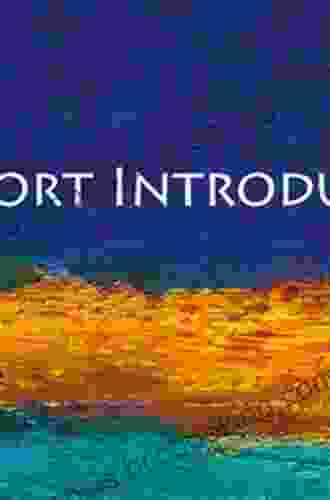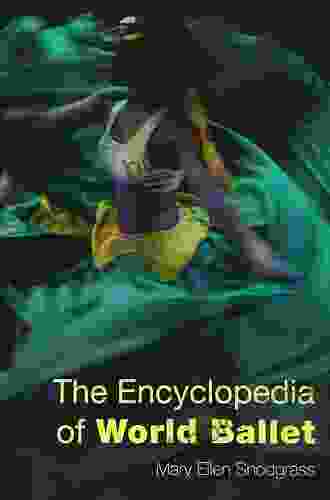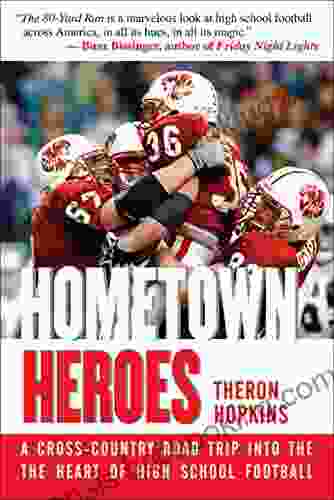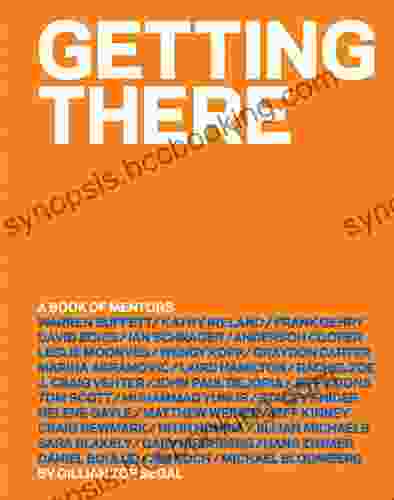Typography: A Visual Feast for the Mind

Typography is the art and science of arranging type to make written language legible, readable, and visually appealing. It is a complex field that encompasses a wide range of topics, from the history of type design to the psychology of reading.
In this Very Short , typography expert David Crystal provides a concise and engaging overview of the subject. He covers everything from the origins of writing to the latest developments in digital typography. Along the way, he explains the key principles of typography and shows how they can be used to create effective and beautiful designs.
The history of typography is a long and fascinating one. It begins with the development of writing itself, which emerged independently in several parts of the world around 3500 BC. The earliest writing systems were pictographic, meaning that they used pictures to represent words. Over time, these pictures became more stylized and abstract, eventually evolving into the alphabets that we use today.
4.3 out of 5
| Language | : | English |
| File size | : | 2983 KB |
| Text-to-Speech | : | Enabled |
| Screen Reader | : | Supported |
| Enhanced typesetting | : | Enabled |
| Print length | : | 175 pages |
| Lending | : | Enabled |
The first typefaces were developed in China in the 11th century AD. These typefaces were made of woodblocks, and they were used to print books and other documents. In the 15th century, Johannes Gutenberg invented the movable type printing press, which revolutionized the way that books were produced. Movable type made it possible to print large quantities of text quickly and cheaply, and it soon became the standard method of printing.
The 18th century saw the development of new typefaces that were more elegant and readable. These typefaces were used to print the great works of literature of the Enlightenment, and they helped to establish the modern conventions of typography.
In the 19th century, the Industrial Revolution led to the development of new printing technologies, such as the steam-powered press and the linotype machine. These technologies made it possible to print even larger quantities of text, and they helped to make typography more accessible to the masses.
The 20th century saw the development of digital typography. Digital typography allows type to be created and manipulated on computers, and it has opened up new possibilities for typographic design. Today, digital typography is used in everything from books and magazines to websites and mobile apps.
There are a number of key principles that govern typography. These principles include:
- Legibility: Type should be easy to read and understand. This means that it should be clear, sharp, and well-spaced.
- Readability: Type should be easy to read for extended periods of time. This means that it should be comfortable to read and free from distracting elements.
- Visual appeal: Type should be visually appealing. This means that it should be aesthetically pleasing and in keeping with the overall design of the document.
The principles of typography can be used to create a wide range of different effects. For example, a typeface can be used to convey a sense of seriousness or playfulness, formality or informality. It can also be used to emphasize certain words or phrases, or to create a hierarchy of information.
Typography is used in a wide variety of applications, including:
- Books and magazines: Typography is used to set the text in books and magazines. The typeface, size, and spacing of the type can all be used to create a particular mood or atmosphere.
- Newspapers: Typography is used to set the text in newspapers. The typeface, size, and spacing of the type can all be used to make the text easy to read and understand.
- Websites and mobile apps: Typography is used to set the text on websites and mobile apps. The typeface, size, and spacing of the type can all be used to create a user-friendly experience.
- Signage: Typography is used to set the text on signs. The typeface, size, and spacing of the type can all be used to make the sign easy to read and understand.
Typography is a powerful tool that can be used to create a variety of different effects. By understanding the principles of typography, you can use it to create effective and beautiful designs.
Typography is an art and science that has been practiced for centuries. It is a complex field that encompasses a wide range of topics, from the history of type design to the psychology of reading. However, the basic principles of typography are relatively simple, and they can be used to create effective and beautiful designs.
If you are interested in learning more about typography, I encourage you to read this Very Short . It is a concise and engaging overview of the subject that will teach you everything you need to know to get started.
4.3 out of 5
| Language | : | English |
| File size | : | 2983 KB |
| Text-to-Speech | : | Enabled |
| Screen Reader | : | Supported |
| Enhanced typesetting | : | Enabled |
| Print length | : | 175 pages |
| Lending | : | Enabled |
Do you want to contribute by writing guest posts on this blog?
Please contact us and send us a resume of previous articles that you have written.
 Book
Book Novel
Novel Page
Page Chapter
Chapter Text
Text Story
Story Genre
Genre Reader
Reader Library
Library Paperback
Paperback E-book
E-book Magazine
Magazine Newspaper
Newspaper Paragraph
Paragraph Sentence
Sentence Bookmark
Bookmark Shelf
Shelf Glossary
Glossary Bibliography
Bibliography Foreword
Foreword Preface
Preface Synopsis
Synopsis Annotation
Annotation Footnote
Footnote Manuscript
Manuscript Scroll
Scroll Codex
Codex Tome
Tome Bestseller
Bestseller Classics
Classics Library card
Library card Narrative
Narrative Biography
Biography Autobiography
Autobiography Memoir
Memoir Reference
Reference Encyclopedia
Encyclopedia Susan Taylor Brown
Susan Taylor Brown Gary Jobson
Gary Jobson Michael H Frisch
Michael H Frisch Genevieve Bardwell
Genevieve Bardwell Deanne Howell
Deanne Howell Giabee Creations
Giabee Creations Georgie Hope
Georgie Hope Page Dickey
Page Dickey Gary S Lynch
Gary S Lynch Sherry Monahan
Sherry Monahan Sara Dawn
Sara Dawn Tony Dungy
Tony Dungy Norman Doidge
Norman Doidge Gayle Bird
Gayle Bird Gigi Pandian
Gigi Pandian Gerald Durrell
Gerald Durrell Gb Tran
Gb Tran George Joshua
George Joshua Gary S Thorpe
Gary S Thorpe Jory John
Jory John
Light bulbAdvertise smarter! Our strategic ad space ensures maximum exposure. Reserve your spot today!

 Samuel Taylor ColeridgeExplorations In Folklore And Ethnomusicology: Uncovering the Tapestry of...
Samuel Taylor ColeridgeExplorations In Folklore And Ethnomusicology: Uncovering the Tapestry of...
 Herbert CoxMy Journey Through Accepting My Chronic Illness: A Memoir of Resilience and...
Herbert CoxMy Journey Through Accepting My Chronic Illness: A Memoir of Resilience and... Art MitchellFollow ·6.4k
Art MitchellFollow ·6.4k Fredrick CoxFollow ·8.6k
Fredrick CoxFollow ·8.6k Ivan TurnerFollow ·9.6k
Ivan TurnerFollow ·9.6k Jason ReedFollow ·5.9k
Jason ReedFollow ·5.9k Derrick HughesFollow ·3.5k
Derrick HughesFollow ·3.5k Evan SimmonsFollow ·7.5k
Evan SimmonsFollow ·7.5k Terence NelsonFollow ·6.6k
Terence NelsonFollow ·6.6k Gabriel BlairFollow ·6.4k
Gabriel BlairFollow ·6.4k

 Robert Heinlein
Robert HeinleinUnveiling Humanism in China and the West: A Journey...
In our rapidly...
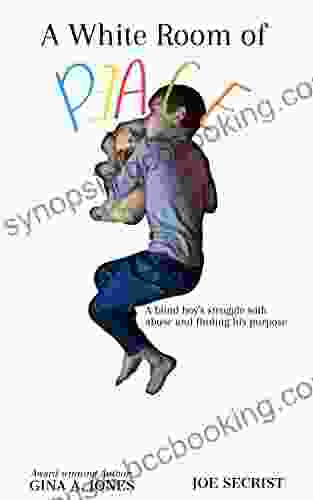
 Brian Bell
Brian BellBlind Boy's Unwavering Struggle Against Abuse and the...
In the tapestry of...

 Craig Carter
Craig CarterBuilding Wealth While Working for Uncle Sam: The Ultimate...
## ### Are you a federal employee who wants...
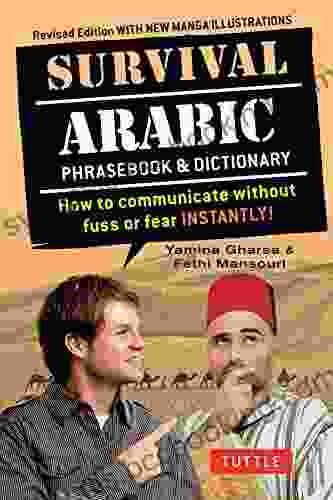
 Raymond Parker
Raymond ParkerUnveiling the Secrets of Arabic Survival: The Ultimate...
Embarking on a journey to unravel the...
4.3 out of 5
| Language | : | English |
| File size | : | 2983 KB |
| Text-to-Speech | : | Enabled |
| Screen Reader | : | Supported |
| Enhanced typesetting | : | Enabled |
| Print length | : | 175 pages |
| Lending | : | Enabled |


